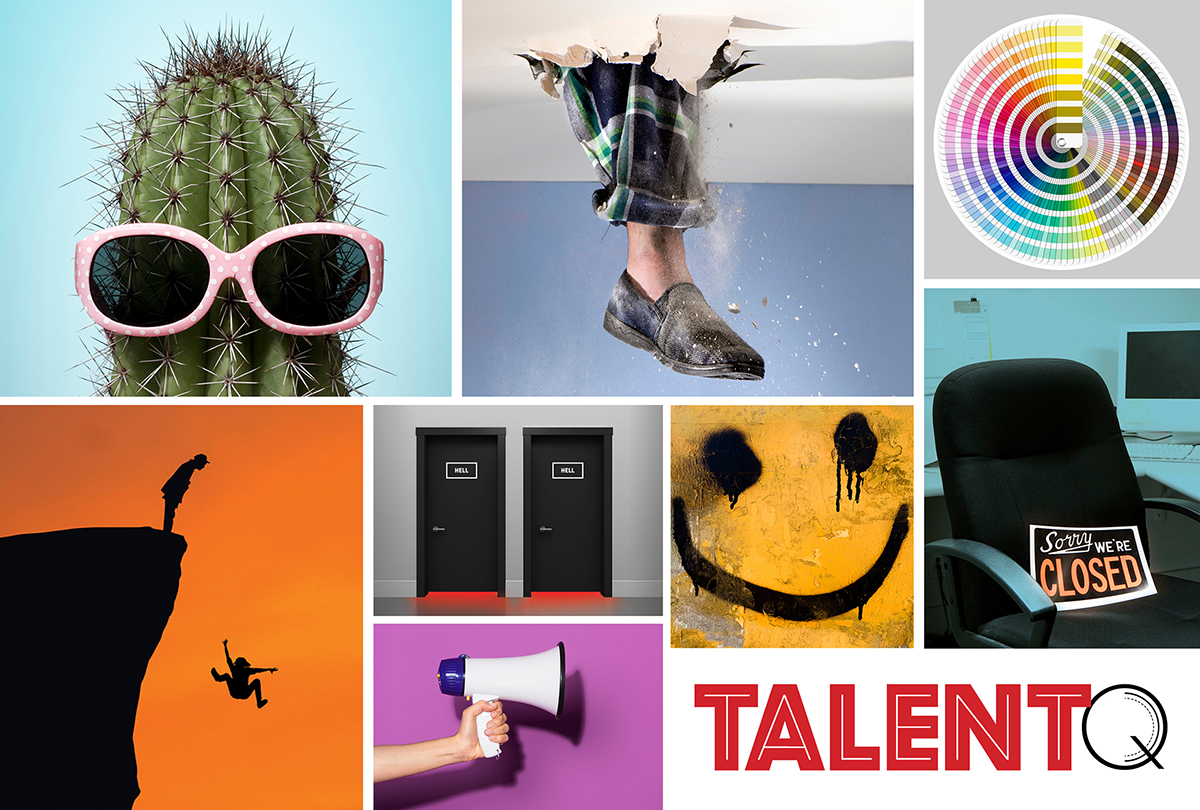In a constantly evolving corporate world, we need agile learners in leadership positions more than ever. Problem is, we have no idea how to identify them.
By W. Warner Burke, Ph.D.
Agility is having a moment. There are agile individuals, who are flexible and quick to try new behaviors. There are agile teams, whose members take risks, share the fear of failure, and often succeed. Then there are agile organizations, which may have long-term, overall plans, but continue to strategize every day depending on what their competitors are or aren’t doing.
These days, it pays to be agile. The world seems to spin faster each minute. If you’re risk-averse, defensive, rigid, or faint of heart, good luck.
It’s no surprise that more businesses are hunting for agile leaders to guide them into the great unknown. We’ve been searching for such talent ever since Michael Lombardo and Robert Eichinger published a 2000 study that claimed high-potential leaders were high in learning agility, and that agile leaders outperformed those who weren’t.
Hey, why not select leaders based on their agility? After all, half of all leaders fail. We make consistent mistakes in choosing people for leadership in the first place, assuming, for example, that technical competence goes hand in hand with leadership acumen when the evidence shows a correlation of zero. And then when we place people in the leadership positions, we provide little if any help with their development.
Lombardo and Eichinger’s logic was sound: If we hire agile learners, we can decrease the failure rate. Problem is, they had no evidence that learning agility creates better leaders—and no way to even measure it.
As a longtime student of leadership, my excitement for the concept never wavered; neither did my frustration over inadequate measurement. That’s why, six years ago, I asked the doctoral students I was working with to help me create a model to identify it. Now that we’ve finally done it, here’s our progress report.
WTF Is Learning Agility Anyway?
There was nothing wrong with the original study authors’ definition of learning agility: “The willingness and ability to learn from experience, and subsequently apply that learning to perform successfully under new and first-time conditions.” The devil was in the measurement details. They didn’t clearly report the reliability of their measure, or their studies of validity.
In 2012, organizational psychologists at the University of Michigan provided a framework for conceptualizing learning agility that accounted for individual differences (antecedents). For example, some of our results show that the more goal-focused you are, the more of an agile learner you’re likely to be. Other antecedents include cognitive ability and openness to new experiences. The Michigan researchers also incorporated such contextual factors as organizational culture and climate.
They concluded that learning agility is defined largely by two dimensions: speed and flexibility on the part of the individual.
Another individual difference is learning ability. To be an agile learner, you must have some capability to learn in the first place. You can’t be an agile learner until you cross that threshold. Once you do, learning is more about agility than ability. Learning agility therefore concerns skill and motivation. Skill is discerning whether what you’ve learned from experience is applicable to a new and different situation. And if not, what do you do?
Just as important as skill is motivation—that is, your willingness to take risks in attempting to deal with a novel situation. In addition to sticking your neck out, you also need to seek feedback about how you’re doing, regardless of how threatening that might be to your self-esteem.
How Do You Measure Learning Agility?
According to the Michigan researchers, there are two ways to identify and measure learning agility: cognitive (how people think) and behavioral (what people do). To measure the cognitive, we must get into people’s heads. To measure the behavioral, we must observe and record what they do.
Here’s where it gets complicated: Behavior changes as you try new skills, adjust accordingly, and learn. So it must be measured in phases. In addition, when you’re successful, how you think about a certain problem—your cognition—changes too. In other words, you behave your way into a new form of thinking.
The first step in psychological-behavioral measurement is to establish reliability. We combed the literature to develop a working list of learning behaviors built around a set of constructs. Then we categorized the behaviors according to constructs. Two constructs, speed and flexibility, came from the Michigan researchers. We culled the others from the literature and our statistical processes. We eventually landed on 38 behaviors that fell into these nine constructs:
- Flexibility: Being open to new ideas and proposing new solutions.
- Speed: Acting on ideas quickly so that the ones that aren’t working are discarded and other possibilities are accelerated.
- Experimenting: Trying out new behaviors (approaches, ideas) to determine what’s most effective.
- Performance Risk Taking: Seeking newactivities (tasks, assignments, roles) that provide opportunities to be challenged.
- Information Gathering: Using various methods to remain current in your area of expertise.
- Interpersonal Risk Taking: Confronting differences with others in ways that lead to learning and change.
- Collaborating: Finding ways to work with others that generate unique opportunities for learning.
- Feedback Seeking: Asking others for feedback on your ideas and overall performance.
- Reflecting: Slowing down to evaluate your own performance to be more effective.
Next, we tested this pool of items with a sample of working professionals to establish validity. Are our behaviors and nine constructs actually measuring something? And, if so, is it learning agility? There are many tests of validity, but here are three important ones:
1. Convergent validity, or assessing similar constructs that provide evidence of commonality. For example, we found strong relationships of our measure of learning agility with “tolerance for ambiguity,” “learning goal orientation,” and “self-efficacy.”
2. Discriminant validity, or assessing dissimilar constructs. We found negative relationships with “risk aversion” and “reactance,” or feelings of being over-controlled.
3. Predictive validity, or assessing whether learning agility predicts strong performance. Separate studies of managers from a hedge fund and health care company have shown a positive relationship between learning agility and performance so far. Although we’re in the early stages of validity research, our results are indeed encouraging.
How Do You Apply Learning Agility?
The first five constructs we identified—flexibility, speed, experimenting, performance risk taking, and information gathering—are activities that managers can do by themselves.
These are areas where you’re sticking your neck out, thus requiring courage. Acting quickly (speed) can be useful here: If you screw up and you feel embarrassed, it’s important to accept your mistakes. At the same time, moving on quickly to other experiments and taking further risks is far better than punishing yourself.
The next three (interpersonal risk taking, collaborating, and feedback seeking) require others. The last, reflection, can fall into either category. Thinking about your actions and their outcomes is necessary for learning. You would benefit most from a combination of individual thought followed by asking a trusted friend to serve as a sounding board.
Coaching is vital too. A good coach will help in many ways, but particularly with general feedback and suggestions for experimenting, performance risk taking, and interpersonal risk taking.
It’s still early, but the relationship between learning agility and leader effectiveness seems to be real. We will, of course, continue to collect and report our data. And, as we do, we hope to continue taking steps forward along the path to identifying, hiring, and developing better leaders.
W. Warner Burke, Ph.D., is a professor of psychology and education at Teachers College, Columbia University. His research interests include learning agility, organizational culture, and multi-rater feedback, and he is the editor of the Journal of Applied Behavioral Science.


